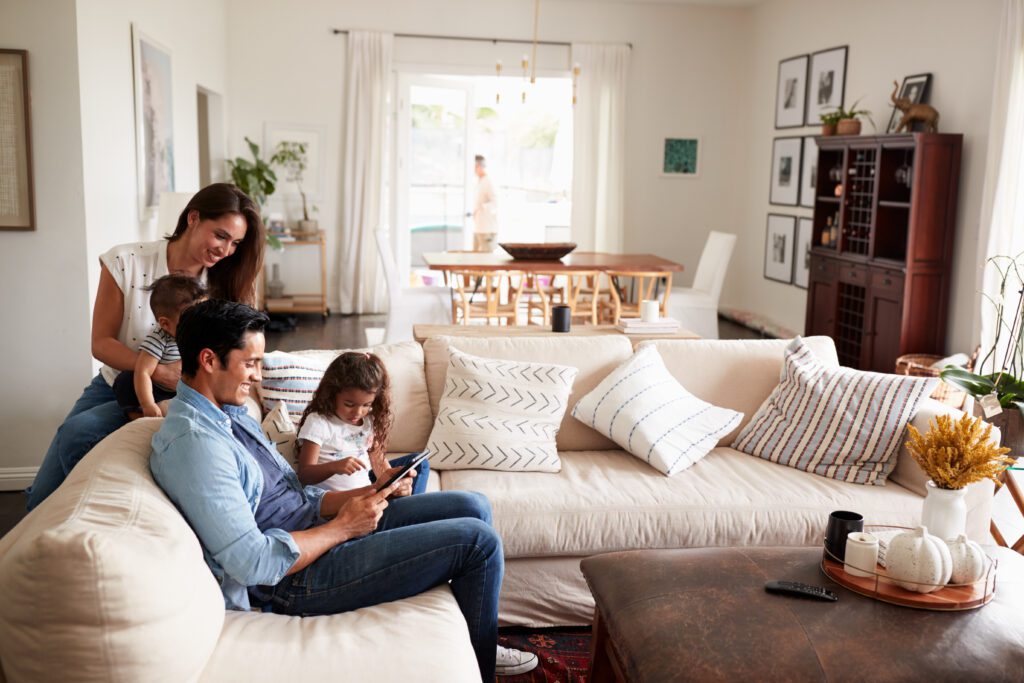
Deciding to hire insulation contractors is often the best way to ensure your insulation will be as effective as possible.
On the day that your insulation is scheduled to be installed, you will have to prepare for the project. This involves making sure the installation team has access to the areas of your home to be insulated.
Additionally, you should make plans to board pets in an off-site facility for the day. This will keep them out of the way and help protect their health. Depending on the type of insulation you’re having installed, you and your family may also need to vacate the home.
Batt and Roll Insulation Is Safer
When most people think of insulation, they think of batt and roll insulation. This is the type of fiberglass insulation that comes in large rolls. Since there aren’t any chemicals being sprayed in the home, you won’t have to worry about your family or pets inhaling hazardous fumes. For this reason, you can remain in the home.
If your reason for scheduling an insulation installation is to replace moldy insulation, you should make sure your family stays out of the attic. You should also schedule professional mold remediation services before you request new insulation to be installed.
Blown-In Insulation & Batt and Roll Have Similarities
Another common type of insulation is blown-in insulation, which consists of filling stud and joist gaps with loose insulation materials. These materials have higher R-values, which means they’re extremely effective in regulating heat.
The installation process of blown-in insulation is completed without the spraying of chemicals, so fumes are confined to the insulated areas. This is another installation process that doesn’t require vacating your home.
Plan to Vacate When Asking Insulation Installers for Spray Foam Insulation
It’s important to understand what happens when insulation installers apply spray foam insulation in your house. The foam is comprised of two types of chemicals, which the EPA (Environmental Protection Agency) calls Side A and Side B chemicals.
The fumes from Side A chemicals can cause damage to the mucous membranes in the eyes. They can also damage the gastrointestinal system and respiratory tract. Side B is comprised of proprietary chemicals, which means the exact chemicals will vary based on the brand of spray foam insulation.
The hazardous nature of these fumes explains why your installation contractors will wear protective suits and face shields. This also explains why you will be advised to vacate the home during the installation and for some time after the installation is complete.
The length of time you will be advised to remain away from home will depend on the location of the insulation and the amount of spray foam used. For example, you can probably return home sooner when your attic is the only area to be insulated. However, having the walls in your living spaces insulated will require a longer period before the fumes will dissipate.
How to Return Home Sooner
You can shorten the time you will have to spend away from home by taking steps to increase ventilation. Open the windows throughout your home and use fans to help push the fumes out through the windows. Running air purifiers may also help.
You can also set your HVAC system to run on fan only. This will help you eliminate fumes faster without wasting energy. When you return home, make sure to return the system to its original settings.
As you schedule an insulation installation, take the time to ask your contractor any questions you have about the process. They can provide you with more specific information to help you prepare for the installation. This will help you get the best possible results and ensure your family can enjoy your newly insulated home safely.

